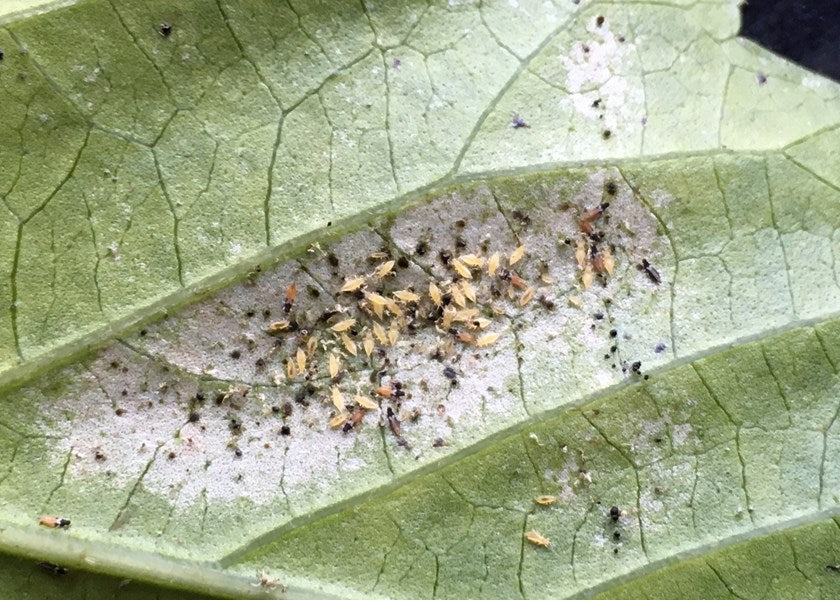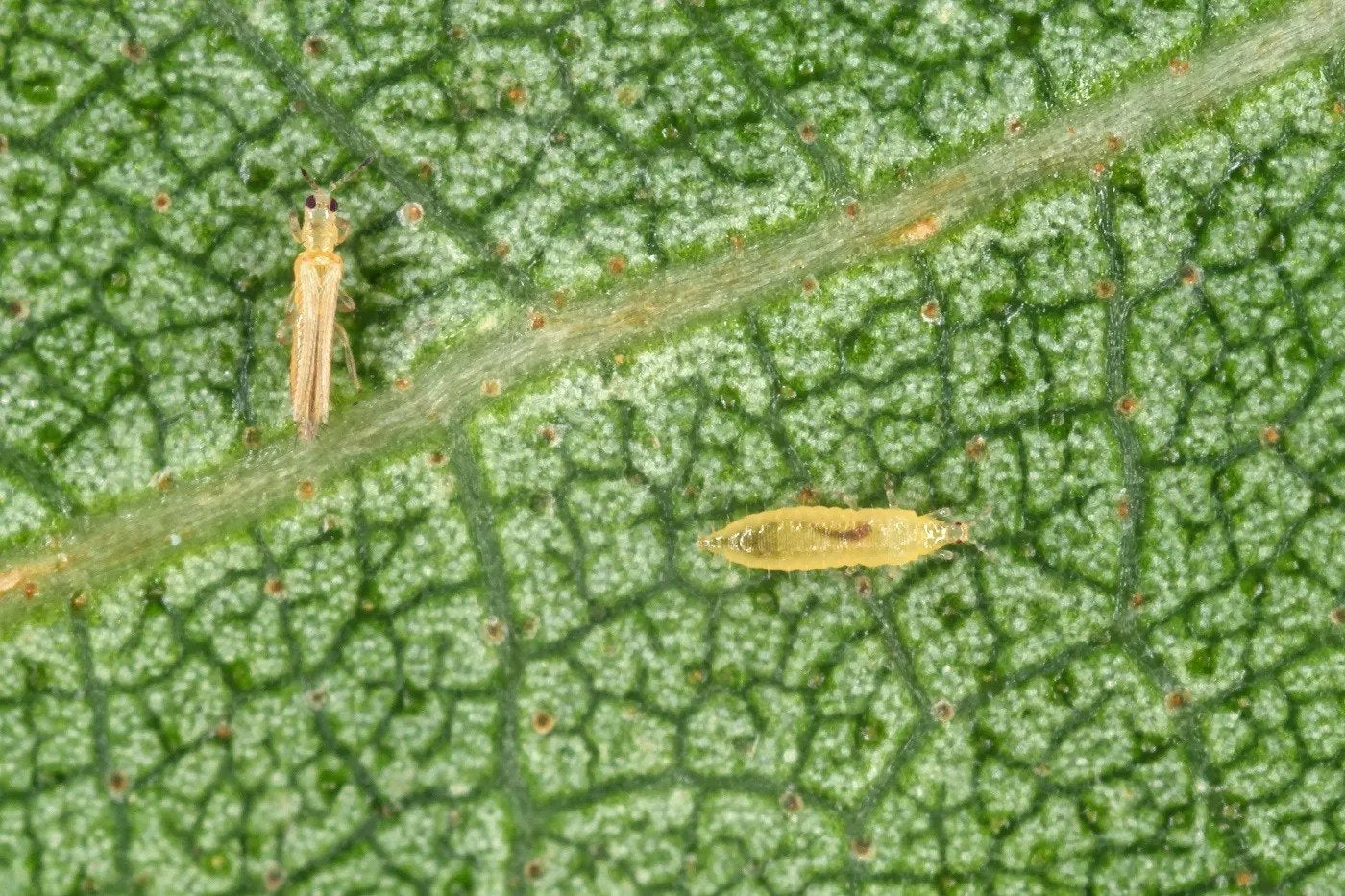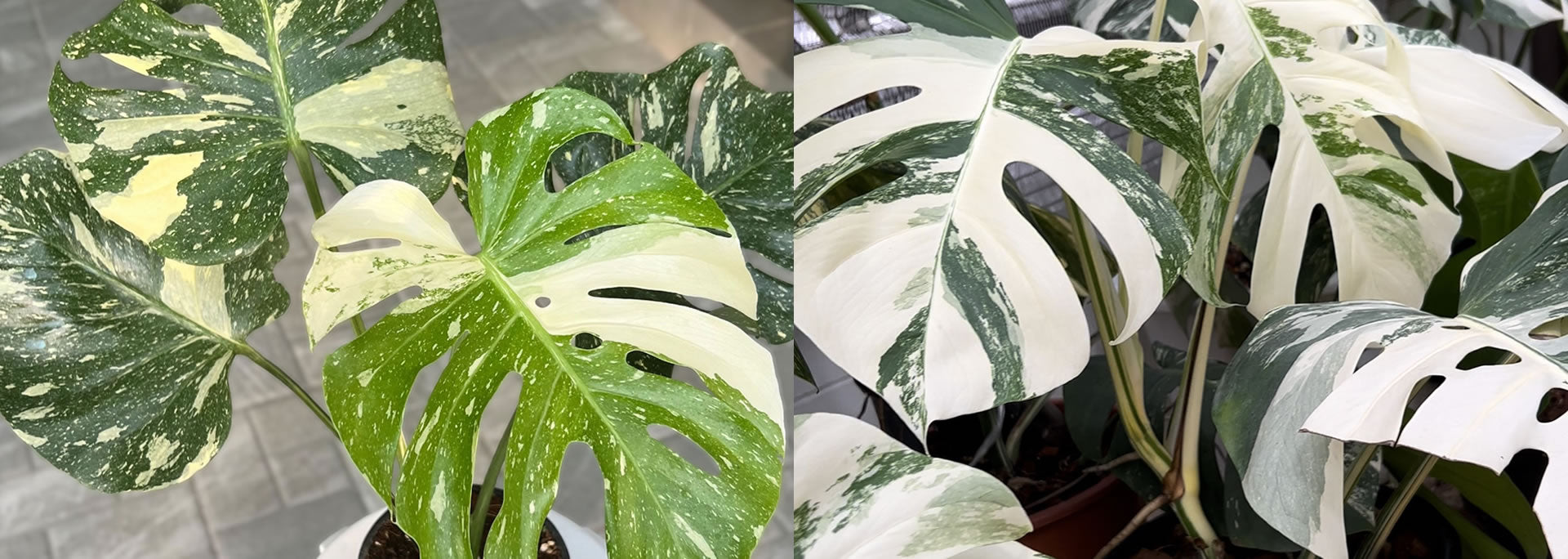Thrips are tiny, slender insects that belong to the order Thysanoptera. They are commonly found in temperate and tropical regions throughout the world, and there are over 6,000 known species of thrips.

Thrips are usually about 1 to 2 millimeters in length, and they have fringed wings that are narrow and pointed at the tips. They have piercing-sucking mouthparts that they use to feed on the sap of plants, which can cause damage to leaves, flowers, and fruits.
Thrips can be either winged or wingless, and they are often attracted to light. They can be found in a wide range of habitats, including agricultural fields, gardens, and greenhouses. Some species of thrips are considered pests, as they can cause significant damage to crops and ornamental plants.
Lifecycle of Thrips
The lifecycle of thrips typically consists of egg, two larval stages, pre-pupal and pupal stages, and adult stages. The exact timing of these stages varies between species and can also be influenced by environmental conditions.

-
Egg Stage: Thrips begin their life cycle as eggs, which are laid inside plant tissue or on plant surfaces by adult females. The eggs are very small and difficult to see with the naked eye.
-
Larval Stages: After hatching, thrips go through two larval stages, during which they feed on plant tissue using their piercing-sucking mouthparts. These stages typically last for several days to a week, depending on the species and environmental conditions.
-
Pre-Pupal and Pupal Stages: Following the second larval stage, thrips enter a pre-pupal and pupal stage, during which they undergo a metamorphosis into their adult form. These stages typically last for a few days to a week.
-
Adult Stage: Once they reach the adult stage, thrips are capable of reproducing and can live for several weeks to a few months, depending on the species and environmental conditions. Adult thrips continue to feed on plant tissue using their piercing-sucking mouthparts, and they can also disperse to new plants or locations.
Thrips reproduce through sexual reproduction, with males fertilizing eggs that are laid by females.
Why are thrips so hard to kill?
Thrips can be difficult to control and eradicate for several reasons, including:
-
Small Size: Thrips are very small, which can make them difficult to see and target with insecticides or other control methods. Their small size also makes it easier for them to hide in plant tissues or other hard-to-reach areas.
-
Reproduction Rate: Thrips have a high reproductive rate, which means that populations can grow quickly and become difficult to control. In addition, females can lay their eggs inside plant tissues, which can protect the eggs from some insecticides.
-
Feeding Behavior: Thrips feed by piercing and sucking plant tissues, which can make it difficult for insecticides to reach them. In addition, some species of thrips can feed on the undersides of leaves or in other hard-to-reach areas, which can make them more difficult to control.
-
Resistance: Overuse of certain insecticides can lead to the development of insecticide resistance in thrips populations, which can make them more difficult to control with traditional insecticides. Resistance can also develop quickly due to the high reproductive rate of thrips.

Best Way To Kill Thrips
The best way to kill thrips depends on the severity of the infestation, the type of plants affected, and other factors such as the location of the infestation and the level of control desired. Here are some control methods that are commonly used to kill thrips:
-
Cultural controls: Cultural controls include practices such as removing heavily infested plant material, pruning affected plants, and reducing humidity levels, which can help to reduce the population of thrips.
-
Biological controls: Biological controls involve the use of natural enemies of thrips, such as predatory mites and parasitic wasps, which can help to reduce the population of thrips.
-
Insecticides: Insecticides can be effective in killing thrips, but it's important to choose the right product and to use it in a targeted and responsible manner. Some insecticides that are commonly used to control thrips include spinosad, imidacloprid, permethrin, and insecticidal soaps or oils. It's important to read the label carefully and follow all instructions, including any recommended safety precautions.
-
Integrated pest management (IPM): IPM is a comprehensive approach to pest management that combines multiple control methods, such as cultural and biological controls, and targeted use of insecticides, to reduce reliance on any one control method and increase the effectiveness of control efforts.





Leave a comment
All comments are moderated before being published.
This site is protected by reCAPTCHA and the Google Privacy Policy and Terms of Service apply.